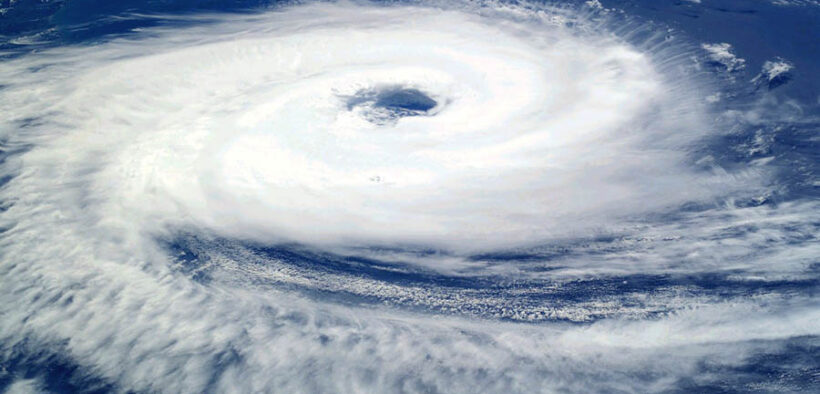Puerto Rico businesses urged to prepare as hurricane season begins

With hurricane season underway, businesses in Puerto Rico should strengthen their disaster preparedness plans to reduce risks and speed recovery in the event of storms, floods, power outages or other emergencies.
The U.S. Department of Homeland Security’s Ready Business program, part of Ready.gov, offers a framework to help companies of all sizes assess risks, develop continuity plans and improve resilience.
Key hazards for businesses on the island include hurricanes, earthquakes, inland flooding and prolonged blackouts. Additional risks — such as cyberattacks, fires or public health crises — may apply depending on a company’s location and operations. Ready.gov recommends conducting both a risk assessment and a business impact analysis to identify vulnerabilities and determine priorities.
Once risks are identified, businesses should develop continuity plans to keep essential operations running or ensure a quick recovery. That includes defining a chain of command, identifying alternate work sites, backing up data, and listing essential equipment and supplies. In the event of a hurricane, plans should account for temporary closures, limited access to roads or ports, loss of communication, and staffing disruptions.
Emergency procedures should also cover immediate response actions such as evacuation plans, shelter-in-place protocols and employee alert systems. All staff should be trained on what to do, where to go and whom to contact during an emergency. Clear roles and responsibilities can help prevent confusion and support timely decision-making.
Crisis communication is another critical area. Businesses should prepare templates and protocols for reaching employees, customers, suppliers and the media during a disruption. Communicating clearly and quickly helps preserve trust and reduces the spread of misinformation.
Ready Business also recommends developing an information technology disaster recovery plan to ensure access to critical data and systems. This may involve cloud backups, offsite servers or redundant systems — especially for companies that rely heavily on digital infrastructure.
Practice is as important as planning. Regular drills help identify gaps in training, communication or resources, and can ensure that procedures are realistic. In some sectors, emergency training may be required by law or industry standards, particularly for public-facing operations or larger facilities.
In Puerto Rico, where infrastructure and power grid limitations can slow recovery, resource management is essential. Businesses are encouraged to maintain inventories of emergency supplies, protective equipment, fuel for generators and communication tools.
Companies should also coordinate with local agencies and community groups. FEMA’s Incident Command System and the National Incident Management System offer structures that can align corporate responses with public authorities. Appointing an emergency coordinator and designating a central (or virtual) command center can aid decision-making during a crisis.
Financial side of preparedness
Businesses are also advised to review insurance coverage carefully. Standard policies often exclude flood damage or business interruption from extended power outages. Companies should consult with insurance providers to identify gaps and explore additional coverage options.
The ultimate goal, experts say, is not just to survive a disaster but to return to operations safely and quickly. Continuity planning helps minimize financial losses, retain jobs and maintain client relationships. According to Ready.gov, businesses that invest in preparedness are significantly more likely to recover and stay competitive after a disruption.
With forecasters predicting an active hurricane season, News is my Business urges Puerto Rico’s business community to review emergency plans, train employees and assess potential vulnerabilities.








